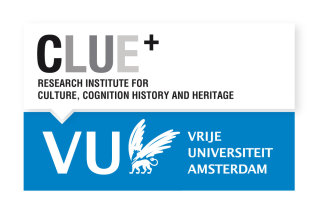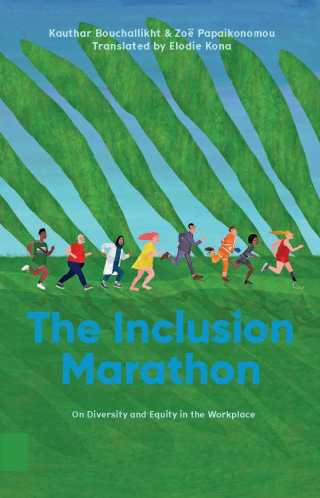Introduction
Part 1: Black Diaspora
Chapter 1: Blacks Shaping the Built Environment in the Age of Revolution, 1775-1830
Chapter 2: The Early Preservation of Places by Black People, 1830-1950
Chapter 3: The Struggle for Civil Rights and Historic Preservation for Black People, After 1950
Part 2: Indigenous Peoples
Chapter 4: Indigenous Peoples Shaping Built Landscapes After American Independence, 1775-1830
Chapter 5: Indigenous Peoples Confronting Wetikoism in Historic Preservation, 1830-1950
Chapter 6: Native American-based Historic Preservation, After 1950
Part 3: Jews Near and Far
Chapter 7: Transformations of Jewish Places due to the American Revolution, 1775-1830
Chapter 8: Jews Demonstrating American Filiality Through Preserving the Memory of Place, 1830-1950
Chapter 9: Jewish Participation in Populist Historic Preservation, After 1950
Intra-sections and Intersections on Living with History






